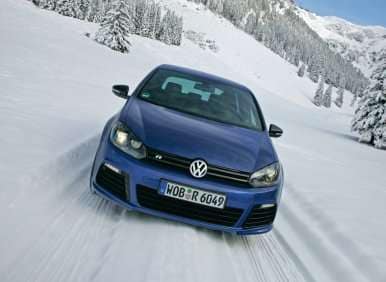Recent Articles
Popular Makes
Body Types
Winter Car Maintenance Tips

The toughest season of all on your car is winter. If you live in an Arctic environment, you’ll be driving through rain, slush, mud and snow. If you live in an area with mild but wet winters, you’ll just be driving through mud and rain. Either way, it’s tougher on your car than driving it on a nice and sunny summer day. If you’re going to make it to where you’re going and get back safely, or if you want to keep your car in as good a condition as possible, you’re going to need to perform some winter car care.
Winter Car Care: Battery
The first thing to attend to when the weather starts to turn colder is your car’s battery. Cold weather diminishes its charge. If your battery’s on the weak side, one day this winter you’re going to go outside to start your car and nothing’s going to happen. Avoid this by taking your car in for a charging system checkup before winter starts. If your battery is deemed marginal replace it.
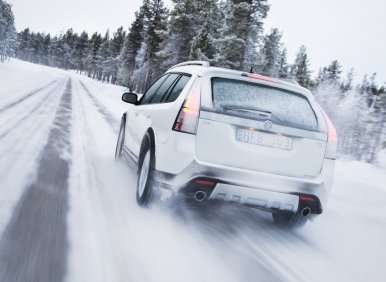
Winter Car Care: Cooling System
It seems counterintuitive to talk about your car’s cooling system in an article on how to winterize your car, until you consider your car’s coolant used to be known by a different name — antifreeze. Make sure the system is topped up with good clean green fluid. If it looks brown, your cooling system’s rusting and the anti-freeze properties of your coolant have diminished. This could cause your engine to freeze and in extreme cases could crack your engine block.
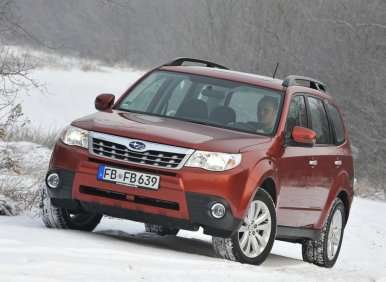
Winter Car Care – Tires
If you’re driving a sporty car, odds are its manufacturer fitted it with a low profile “summer” tire. As well as that tire works on dry pavement, it basically turns into a ski on snow. If you live in a very snowy environment, you’ll want to invest in a set of winter tires and wheels.
The good news is, knobby snow tires are a thing of the past. Modern ones look good and work even better. Before the snow starts to fall, you’ll want to switch to your foul weather feet. If they’ve been in storage since the previous winter, you’ll want to make sure they’re in good shape, holding air and have good tread.
Tires cut through snow and mud best when they’re properly inflated. Cold weather decreases tire pressure, check your tires more frequently in cold conditions. A wet and icy road is the last place you want to be driving on an underinflated tire.
You may notice a slightly lumpy feel to your tires first thing in the morning; this is normal. Tires have a tendency to “flat spot” at night in really cold weather. Once they start to warm up this should go away.
If you live in an area where snow chains are required, make sure yours are in good condition before you need them. Inspect them toward the end of summer to make sure they’re OK. If you’re a first-timer with snow chains, practice installing them in your garage or driveway while the weather is still good, rather than freezing on the side of the road someplace trying to figure out how they work. If your car is front-wheel drive, put the chains on the front. If it’s rear drive, put them on the rear. If your car is all-wheel drive you generally won’t be required to use chains.
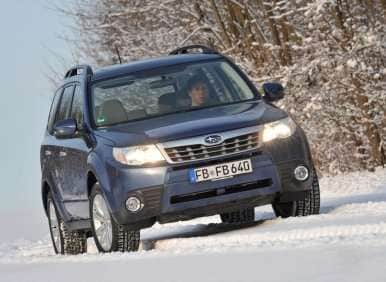
Winter Car Care – Windshield Wipers
Another set of rubber key to operating your car safely in winter weather is the blades of your windshield wipers. Visibility is naturally reduced in winter — rain, snow and the spray from other cars make it difficult to see where you’re going. This puts a lot of burden on your windshield wipers. If you live in an environment where they get a lot of use, you’ll probably get year’s worth of good wear out of your wipers blades at best. Just to be on the safe side, it’s pretty inexpensive to change your wiper blades ever year.
While we’re on the subject, when you park you car outdoors in freezing weather, your blades could become frozen to the windshield. You’ll want to start your car and run your defroster for a bit before activating your wipers to ensure they’ve had time to thaw. This prevents damage to your wiper motors. Another way to avoid this is to lock the wiper arms up they way you do when you clean the windshield. If you leave them in that position when you park your car, it prevents them from sticking to the windshield altogether.
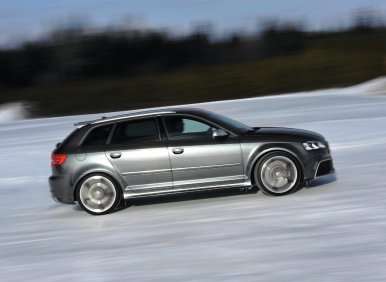
Winter Car Care – Fluids
While we’re discussing your windshield wipers, you also want to make sure your windshield wiper fluid has anti-freeze properties. Similarly, motor oil and transmission fluid have a tendency to thicken in extremely cold weather. If you drive an older car and live where the temperature is routinely below zero, you’ll want to switch to a lower viscosity (thinner) motor oil and transmission fluid. Most contemporary engines are designed to use multi-viscosity lubricants saving you this hassle. To see if yours does, check your owner’s manual.
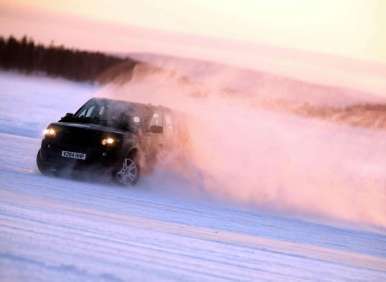
Winter Car Care – Lights
With reduced visibility comes the need for good lighting, primarily so other drivers can see you. Make sure all the marker lights work on your car, and keep them all as clean as possible so they can be seen. Waxing your lights prevents residue from sticking to them, which helps them to stay cleaner. It also makes them easier to clean. In fact, as you winterize your car, waxing it at the beginning of the winter driving season will protect your paint from the brutalization heaped upon it by winter road conditions. Then, at the end of the winter season, wax it again to get you through the summer. Waxing your car twice a year in this fashion will keep it looking newer and protect your resale value.
